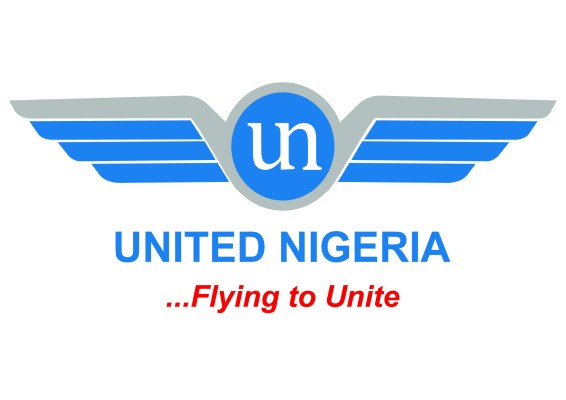Modern day bravery in sports could be ignorance

At the 2017 ATP finals in London, male tennis’ highest ranked player and world number one, Rafael Nadal was all set to face opponent David Goffin in the first match of his group.
Having withdrawn from the Paris Masters only a week before due to a knee injury, it came as a surprise for most of us to see him back so quickly considering that this knee injury has been a recurring problem but there he was.
The first set went to a tie breaker which Nadal lost but almost from the start, it was obvious that Nadal wasn’t at 100%.
Reports would later have his coach state that if it were not the ATP Finals, Nadal wouldn’t play. My summation is that, regardless of the pomp, pageantry and gravitas of this storied of tournaments, he shouldn’t have.
Rafa Nadal has a well-documented history of knee injuries. The first time it came up was in Paris in 2008 where tendinitis showed up in one knee, then in 2009 it was in both knees, followed by another knee problem in 2010 in the Australian Open match against Andy Murray.
2012 proved to be the most serious and it took an awfully long time to recover from that. He’s also had foot injuries, wrist injuries and most of this can be attributed to Nadal’s style of play.

The issue is that because of the way he plays, taking advantage of his innate athleticism and sliding on hard courts, there is a lot of stress placed on those knees and so this type of injury was always bound to reoccur,
but it was the unnecessary stress added to his problem knee that – as a fan and a sportswriter – has consistently irked me.
2017 was already a good year for Rafa Nadal. He won six trophies including two grand slams – The US Open and his favourite surface, Roland Garros. He was guaranteed the year end number one ranking.
He didn’t even need to show up at this tournament. Just a week earlier, Roger Federer had pulled out of the Paris 1000 Masters to let his body recover.
He could have chased points or hard courts, there is a lot of stress placed on those knees and so this type of injury was always bound to reoccur, but it was the unnecessary stress added to his problem knee that – as a fan and a sportswriter – has consistently irked me.
2017 was already a good year for Rafa Nadal. He won six trophies including two grand slams – The US Open and his favourite surface, Roland Garros. He was guaranteed the year end number one ranking.

He didn’t even need to show up at this tournament. Just a week earlier, Roger Federer had pulled out of the Paris 1000 Masters to let his body recover.
He could have chased points or rank positions but after his own struggles with injury that took him virtually out of the 2016 season, he did the sensible thing and allowed his body to heal.
Even in 2017, Federer has managed his tournament appearances to get enough rest, taking into consideration his age and health – even going as far as skipping the entire clay season.
Nadal, on the other hand, has not learnt to manage his body in any discernable way. Nadal took on David Goffin and by the midpoint of the 2nd set, he was visibly limping.
He fought on a wounded knee, with a recurring injury, on a hard court and finally lost in three sets. The foolishness of bravery couldn’t have had a more vivid analogy.
Suffice to say that he withdrew from the tournament after just one game, to be replaced by Pablo Carreno Busta.

The risks that athletes routinely stomach playing through the pain with injuries have been shown to have after effects long after their careers.
Cases in boxing and American football may have been more extensively discussed but other sports are no less vindictive. A cross sectional survey gathered data from 284 former professional players reported medical treatments for osteoarthritis (OA) diagnosis.
The impact is not only felt after the career but can also determine the length of an athlete’s career.
Hence, it is entirely possible that Nadal, like a lot of athletes sold on the understandable promise of ascending to the highest echelons of their sport, do not consider life after sports or have a credible plan to prolong their active years.
For people who have huge resources and a vast array of expertise to call on, it is a foolhardy way to live. With all the information available these days, sports doesn’t have to be life in a fast lane.












